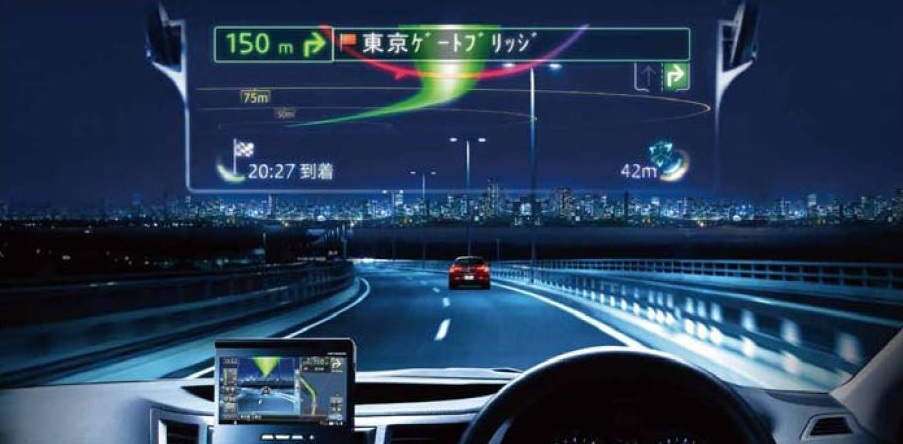Nowadays, whenever we go somewhere, we grab our phone and use a navigational tool to get there. However, it was not always this easy. Advances in information technology have disrupted information industries, such as the navigation industry, significantly (Shapiro & Varian, 1998).
For many centuries, a compass and a paper map were key instruments for navigation. However, this way of navigating was significantly disrupted when the United States developed the Global Positioning System (GPS). Using information received from satellites, GPS is able to locate a person accurate to about 15 meters. (GPS.gov, 2017)
GPS influenced Porter’s Five Forces for the navigation industry. For example, the navigation industry faced a higher threat of new entrants and a higher threat of substitutes. GPS offered a new, superior technology to the conventional compass and paper map, and firms were keen on using the technology for the navigation industry. TomTom introduced a new business model in which they developed both hardware and software to provide paid navigation services. Rivalry among firms increased because of all the new players in the market and prices started to pull down.
GPS, the Internet and the use of mobile phones also made the navigation industry newly vulnerable. The market became easier to enter. Due to the cost structure of information goods -costly to produce, cheap to reproduce- business models changed. Once several companies had sunk costs of producing the maps, competitive forces moved the price down toward marginal costs (Shapiro & Varian, 1998).
Companies such as GoogleMaps, Maps.me or HERE WeGo introduced a new business model, in which they offered free maps and based their revenues on the sales of advertisements. Companies who supplied stand-alone GPS devices had to rethink their strategy. As a result the industry shifted towards a business-to-business model (Privat, 2015).
The future
We expect that navigation will become more personal and more focussed on business-to business in the future because of four important factors.
Firstly, the Internet of Things (IoT) will connect everything to the internet. As a result, the car’s navigation will be aware of its surroundings and do a better job in providing the fastest route, but will also warn you for approaching emergency vehicles, reducing the number of accidents (Privat, 2015).
Secondly, artificial intelligence will enable navigation to learn from your habits, schedule and preferences. It will compose base its advice not only on time, but also on your preferences for sights.
Thirdly, augmented reality will change the way of displaying navigation. Relevant information will be displayed in your field of vision. Navigation will be integrated into the windshield of your car, while smart eyewear will offer new possibilities for navigation for pedestrians and cyclists (Privat, 2015)
Finally, self-driving cars will increase the need for extremely detailed maps. In the future, navigation will not only indicate the best route, but will be driving the car (Privat, 2015). The advances in self-driving cars will increase the rivalry between firms and the focus on business-to-business (McKinsey, 2014).
Video: https://www.youtube.com/watch?v=rLJmP255Y9c&feature=youtu.be
References:
GPS.gov (2017). GPS.gov: GPS Overview. [online] Available at: http://www.gps.gov/systems/gps/ [Accessed 20 Sep. 2017].
McKinsey. (2017). A road map to the future for the auto industry. [online] Available at: http://www.mckinsey.com/industries/automotive-and-assembly/our-insights/a-road-map-to-the-future-for-the-auto-industry [Accessed 26 Sep. 2017].
Privat, L. (2015). The Future Of The GPS Market. [online] Available at: https://www.belegger.nl/Forum/Upload/2016/9459903.pdf [Accessed 22 Sep. 2017].
Shapiro, C., & Varian, H. (1998). Pricing Information. In Information Rules: A Strategic Guide to the Network Economy. Cambridge, MA: Harvard Business School Press.
Stencl, M. (2014). Four Technologies That Will Change the Future of Navigation in 2014, Beyond. [online] Available at: http://insights.wired.com/profiles/blogs/4-technologies-that-will-change-the-future-of-navigation-in-2014#axzz4u4NJNIEt [Accessed 29 Sep. 2017]

